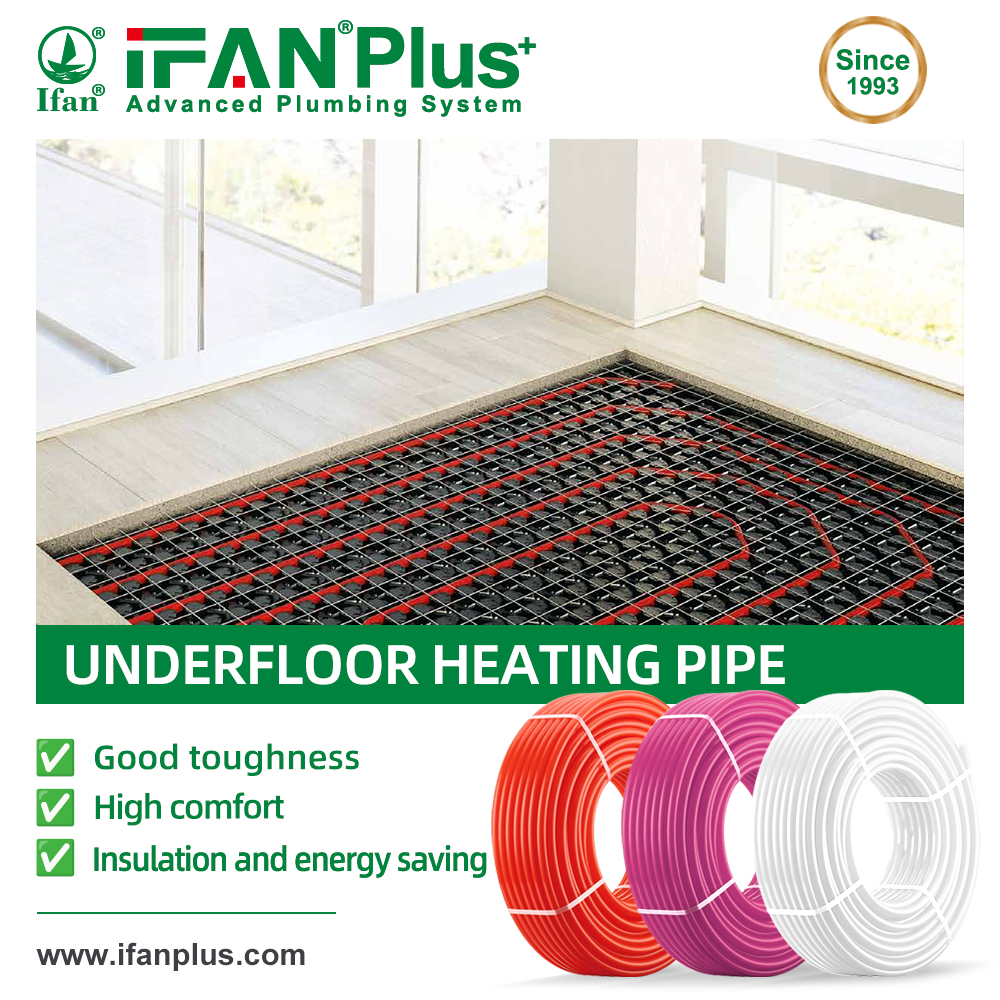1. Introduction to PERT Pipes and Underfloor Heating
Underfloor heating systems are gaining popularity for their efficiency and comfort. PERT (Polyethylene of Raised Temperature) pipes are a key component, known for their flexibility, resistance to temperature variations, and durability. Proper insulation is critical to maximizing the efficiency of these systems by minimizing heat loss and ensuring effective heat distribution.
2. Importance of Insulation in Underfloor Heating
Insulation plays a vital role in the performance of underfloor heating. It helps:
- Reduce Heat Loss: Prevents heat from escaping downwards, ensuring more warmth reaches the living space.
- Enhance Efficiency: Improves the overall efficiency of the heating system, resulting in lower energy bills.
- Increase Comfort: Provides consistent warmth throughout the room, enhancing comfort levels for occupants.
3. Common Insulation Materials for PERT Pipes
Different materials can be used to insulate PERT pipes. The most common options include:
- Foam Insulation: Lightweight and effective, foam insulation is easy to install around PERT pipes. It provides excellent thermal resistance and is available in various thicknesses.
- Reflective Foil Insulation: This type reflects heat back into the space, significantly reducing heat loss. It is often used in combination with other insulation materials for enhanced performance.
- Mineral Wool: Known for its fire-resistant properties, mineral wool insulation can withstand high temperatures. It also provides soundproofing benefits, making it ideal for residential applications.
4. Insulation Thickness Considerations
The thickness of insulation plays a crucial role in performance. Recommended thicknesses typically range from 20mm to 50mm, depending on the specific heating requirements and local building codes. Thicker insulation may offer better thermal resistance but can also increase costs.
5. Pre-Insulated PERT Pipes
Pre-insulated PERT pipes come with insulation already attached, simplifying installation and ensuring consistent performance. This option reduces labor time and ensures a higher quality of insulation, minimizing the risk of gaps or cold spots.
6. Installation Techniques for Insulation
Proper installation techniques are essential for maximizing the effectiveness of insulation. Best practices include:
- Seam Sealing: Ensuring that seams and joints are properly sealed to prevent heat loss.
- Secure Fastening: Using appropriate fasteners to keep insulation in place without gaps.
- Layering Insulation: In some cases, layering different types of insulation can provide enhanced thermal performance.
7. Moisture Resistance and Insulation
Moisture resistance is crucial in underfloor heating applications, especially in areas prone to dampness. Insulation materials should be chosen for their ability to resist moisture and prevent mold growth. Look for materials specifically rated for such environments.
8. Environmental Impact of Insulation Choices
When selecting insulation, it’s important to consider environmental impact. Many modern insulation materials are designed to be eco-friendly, with lower environmental footprints. Consider options made from recycled materials or those that can be recycled at the end of their life.
9. Cost Considerations for Insulation Options
The cost of insulation varies widely based on material choice and thickness. While higher-quality materials may require a larger initial investment, they often lead to long-term savings through increased energy efficiency. It’s essential to conduct a cost-benefit analysis to determine the best option for your project.
10. Conclusion
Choosing the right insulation for PERT pipes in underfloor heating systems is essential for optimizing performance and efficiency. By considering factors such as insulation type, thickness, and installation techniques, homeowners and builders can create a comfortable, energy-efficient living environment. Investing in quality insulation not only enhances heating efficiency but also contributes to long-term savings and sustainability.
View more:https://www.ifanfittings.com/


